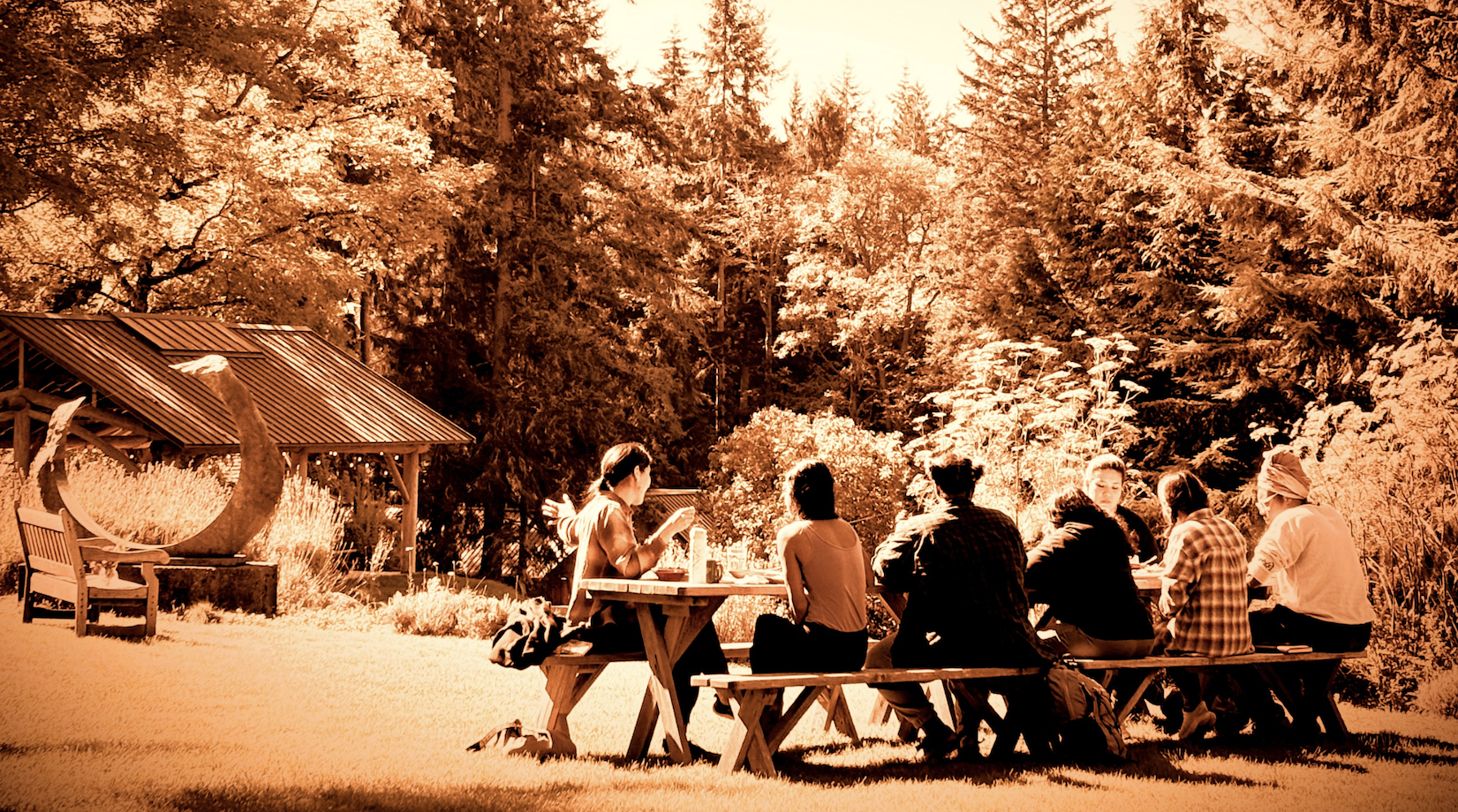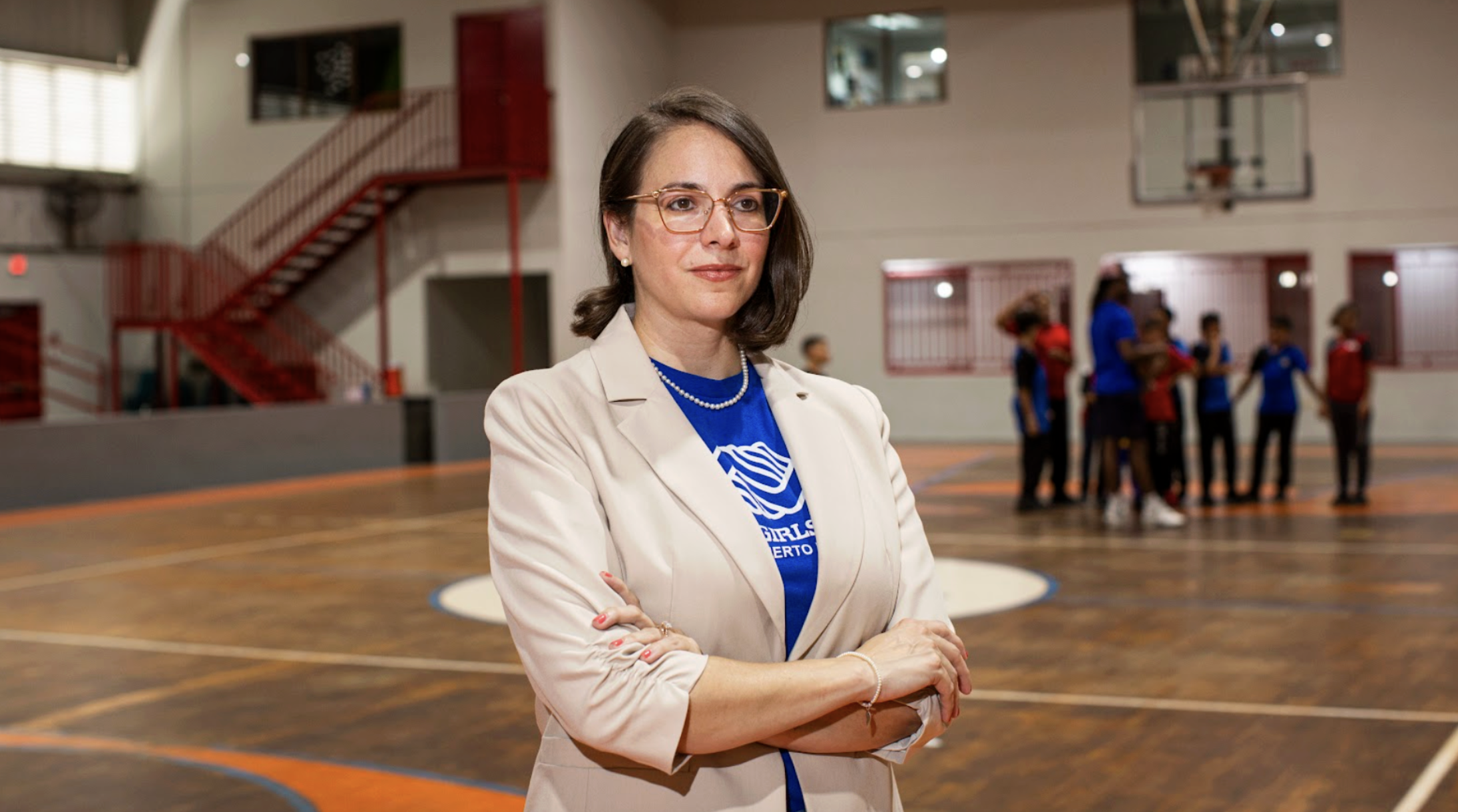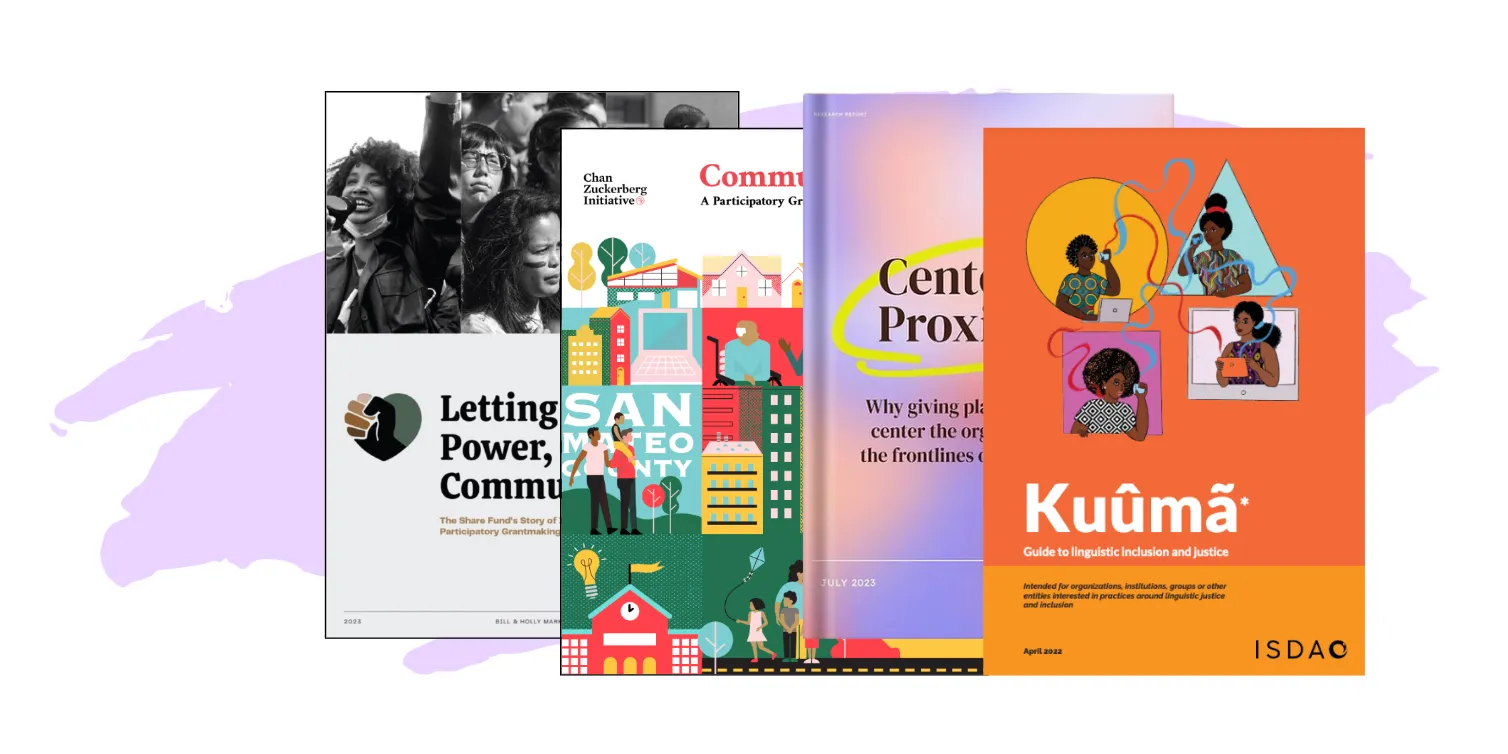Burnout, exhaustion, and attrition aren’t new to the nonprofit world, but they’ve reached a breaking point. Leaders are being asked to carry the weight of multiple crises – political, social, environmental – while managing the day-to-day of their organizations.
The result is a sector where too many are running on fumes, forced to sacrifice their own health in order to keep serving as a bulwark against society’s ills. As Ain Bailey puts it, America has “a hyper-productivity problem” – one that leaves little room for reflection, creativity, or healing – and it applies, often externally, to organizers and movement leaders.
Out of this urgency came New Seneca Village, a “restorative residency experience”. Bailey describes the project as “an experiment in connecting leaders and healers to expansive resources of time, space, access to nature, restorative practices, intentional community and higher consciousness” – for the sake of “nourishing and sustaining their collective visioning for a just future.”
In essence, Bailey and her team have created a container where movement leaders – primarily women and gender-expansive people of color – can slow down, reconnect with themselves, and remember that their worth isn’t tied to constant production. The Village draws on diverse cultural lineages of healing and offers something funders rarely do: trust, space, and permission to experiment.
We spoke with Bailey about what makes the New Seneca approach unique, how it challenges conventional philanthropic frames like “capacity building,” and why the future of leadership means integrating spirit, body, and community. This conversation has been edited for clarity and length.
Paint a picture of the challenges facing the sector right now around burnout, exhaustion, and attrition. How does this affect leaders’ ability to respond to the current moment?
America has a hyper-productivity problem where we are always expected to be moving and proving and doing – and we are collectively less interested in being, reflecting, and integrating. When folks are leading from the edge of burnout or from philanthropic scarcity, they’re less able to source the most creative or forward-thinking ideas they might have access to if they just had a little space to reflect and reground in their intentions.
When I was at Borealis, I heard from grantees who said, “Oh, we finally got to take an all-team retreat and really talk about how we want to work together.” That kind of time is rare. Without it, people lose energy, compromise their health, and sometimes leave the sector altogether. This especially affects leaders of color who lack long-term funding agreements and are pushed by philanthropy to operate from scarcity.
If we fund people in a scarcity model, the outcome will reflect that – even if their hearts and hopes are grounded in abundance.
What makes New Seneca Village’s approach to this problem unique?
New Seneca Village is a container for progressive leaders and healers to reconnect with themselves, each other and their own higher consciousness. We partner with practitioners from many lineages, offering group and one-on-one sessions exploring restorative practices and perspectives. But what we really offer is deep trust and room for experimentation.
At our week-long in-person gatherings, Villagers are invited to follow their own rhythm, to remember that they are the source of their deepest wisdom. We remind them that life is an experiment – nobody is an expert, and control only gets us so far. Especially in this moment, we need to expand how we lead, centering self-trust, curiosity, experimentation, and a reconnection to our humanity.
Villagers aren’t expected to produce anything while in residency. What do you hope they take back to their lives and work?
Our focus is leadership in both life and work and the main hope we have is that Villagers bring back a sense of grounding in their own sovereignty. For women of color and gender-expansive leaders of color, who are at the forefront of many of today’s crises and who are often socialized into unpaid emotional and caretaking labor, this focus on being and not doing can be transformative.
It shows up in different ways: some decide to set up succession plans, others choose to mentor more, or to quit a second job, or even to leave a role that no longer aligns. One of my favorite examples is someone deciding, “I’m not going to fill out a 30-page grant application for $5,000 – it’s not worth my time.” That kind of boundary forces philanthropy to change.
Ultimately, Villagers leave with an embodied sense of what liberation feels like, so they can make conscious, informed decisions grounded more in their own purpose and values, and less in external expectations.

How does your approach differ from traditional leadership development programs or narrow frames like “capacity building”?
We’re not interested in polishing what leaders produce. We’re interested in their spirits — how connected they feel in their physical, emotional, energetic and spiritual bodies. Valuing our inner selves, alongside our professional selves in this way inspires new approaches and strategies for living.
So many of us divide work and spirit. But when we integrate these aspects of ourselves, we are more powerful. For women of color especially, hard work has always been demanded — so if hard work alone was going to save us, it would have done so by now. Instead, at the Village, we are interested in the sacred work that allows leaders to deepen their connection to their humanity while re-engaging their relationship to their own divinity. We see this as crucial to escaping the fatal restrictions of dominant imagination so that leaders can lean into their big, bold visions, the ones that create the future.
Funders get this on some level — they’ve heard for years that leaders are burnt out. But caring only about project widgets and outcomes and not the people who power them is limiting those outcomes, and frankly, a betrayal to the change we all seek.
What lessons or approaches do you think philanthropy and movement leaders in the U.S. can take from those global traditions as we think about how to push back against rising authoritarianism at home?
I think we have everything to learn from those outside of our particular societal programming. Looking beyond our borders - internal and external, man-made or imagined - is how we get free. The Village is intentionally a place where folks from different ethnicities, cultures, backgrounds and sectors within which they devote themselves, come together to share stories and perspectives, challenges and hopes. We are interested in de-siloing our relationships and diversifying our practices, so that we can think and lead from outside of the accustomed ways, which will only get us so far.
At this moment, in alignment with our Village focus, I am most interested in how global movements spiritually source themselves, such that they retain their vibrancy, their life force and their joy in the face of systems and forces that are against life.
You’re preparing for a big push to raise funds for a permanent New Seneca Village space. What does that vision represent?
The Village Legacy Vision represents a permanent commitment to tend to the spirit of progressive leaders and healers and to offer them a space within which they can gather to explore, co-create and practice an embodied liberation. A liberated future is coming and it will mean nothing if we arrive to that future still contorted in the old ways of thinking, being and doing.
Philanthropy at its core is about change. But change is just another word for transformation. If we don’t see our work as transformative and our leadership as a life-long, transformative journey – something we are always becoming – then we limit our own effectiveness.
My constant questions to villagers, and to philanthropy itself, is: What are you for? Are you for love, for freeing the money, for aligning your actions with the world you want to see? If so, how are you practicing that future now - so that it is called in by your every word and action? This is the invitation we extend and the offering we seed in service to a more loving future.






.webp)

.webp)
%20(1280%20x%20720%20px)%20(41)%202.webp)
%20(1280%20x%20720%20px)%20(38).webp)
%20(1280%20x%20720%20px)%20(31).png)


%20(1280%20x%20720%20px).webp)











.webp)






.webp)
.gif)

.webp)


.gif)













